School Information
Students/Parents

Student using CAD software
Introduction to Engineering Design (EGDT 1040) | UVU Concurrent Enrollment - Full Year
SUGGESTED GRADES: 10-12
1 Credit HS (A88180C)
3 Credits CE
Students learn to use engineering 2D and 3D computer-aided software to design, build and take home several projects using 3D printing and laser engraving technologies. The projects include:
3-D Printed pinewood derby cars.
Motorized model airplanes.
Fidget toys and knick-knacks.
Mechanical crank toys.
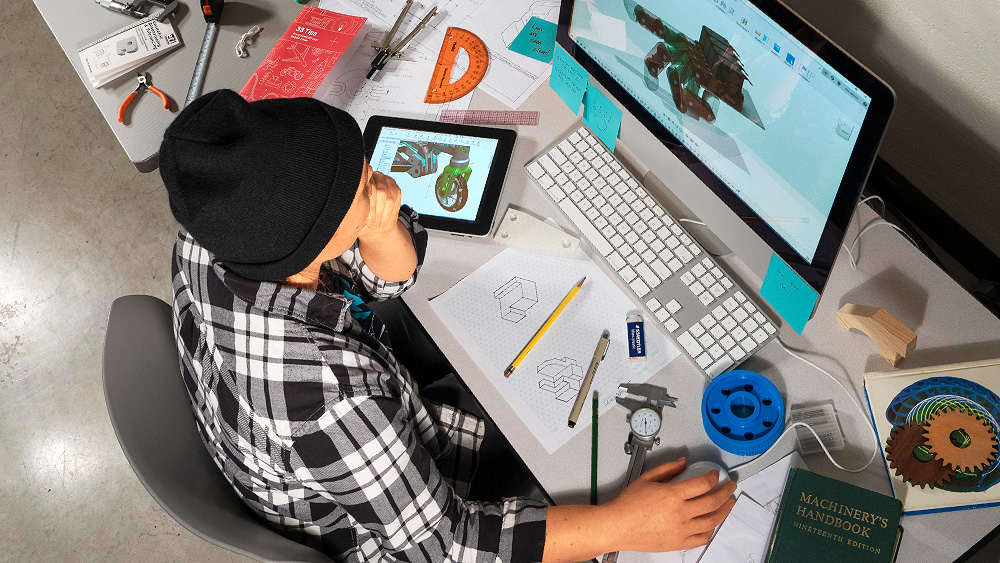
Advanced Engineering Design (EGDT 1070) | UVU Concurrent enrollment - Full Year
SUGGESTED GRADES: 11-12
1 Credit HS. (A86672C)
3 Credits CE
PreReq: Intro to Engineering Design
Building on skills learned in Introduction to Engineering Design, students learn to use engineering 2D and 3D computer-aided software to design, build, and take home several projects using 3D printing and laser engraving technologies. These projects include:
Remote control (RC) car design.
Trophy design competition.
Functioning desk lamp.
Industry certificate.
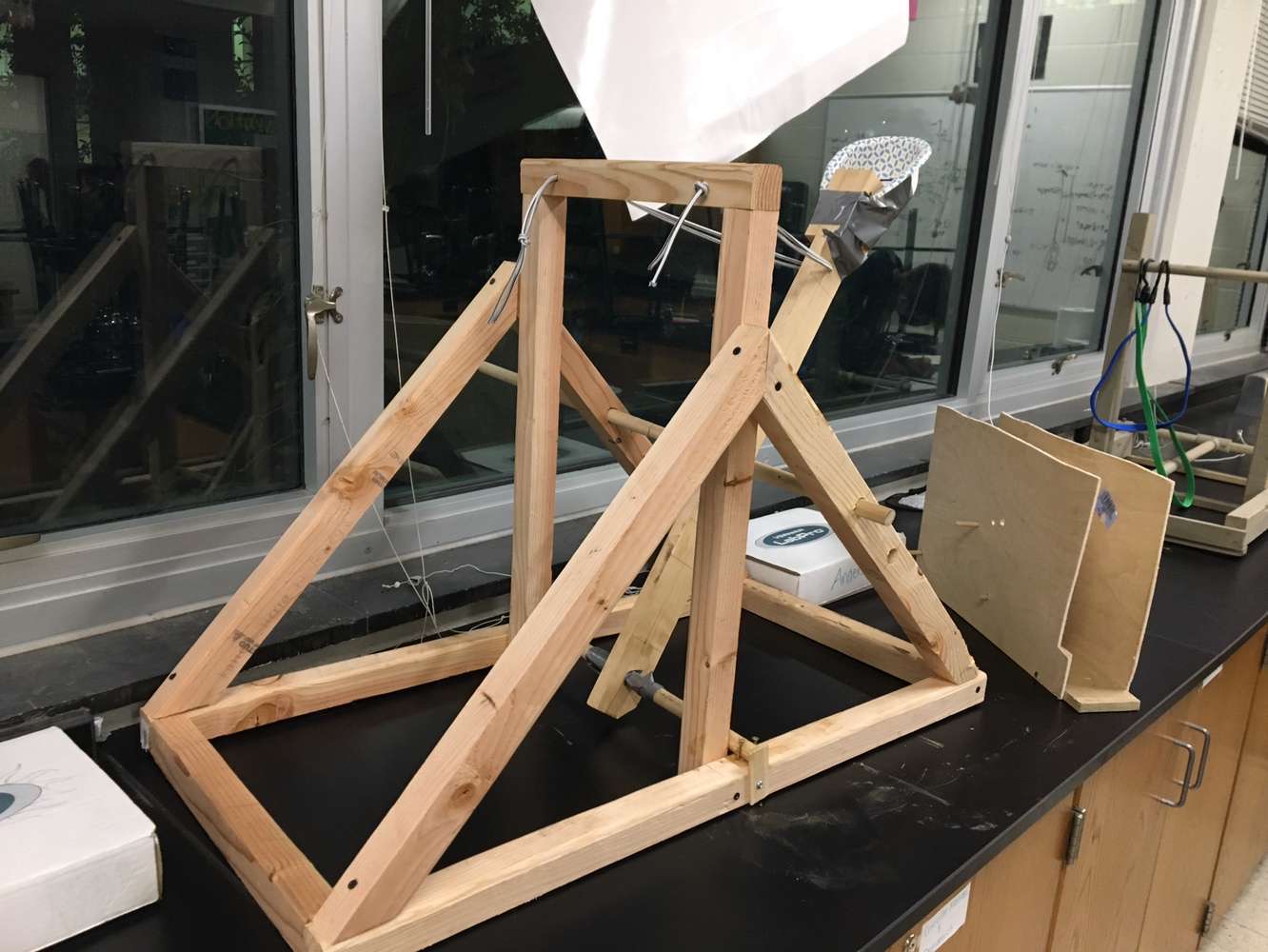
Engineering Principles 1 | High School Course - Fall Semester (Taken With Eng. Principles 2)
SUGGESTED GRADES: 11-12
.5 Credit HS. (A86332)
PreReq: Intro to Engineering
The first in a sequence of “hands-on” courses that tie observations and concepts common to a variety of different engineering disciplines in order to develop a better understanding of basic math and science principles used in engineering. Students will design, build, and test solutions for design problems in each field. These include:
Mechanical Engineering: Trebuchets, catapults, and ballistas (Angry Birds in Real Life).
Civil Engineering: Building water towers and busting bridge trusses.
Chemical Engineering: Mass producing the perfect pancakes.
Computer Engineering: Create your own video game.
Electrical Engineering: Wiring a useless box.
Material Science: Bullet-proof material.
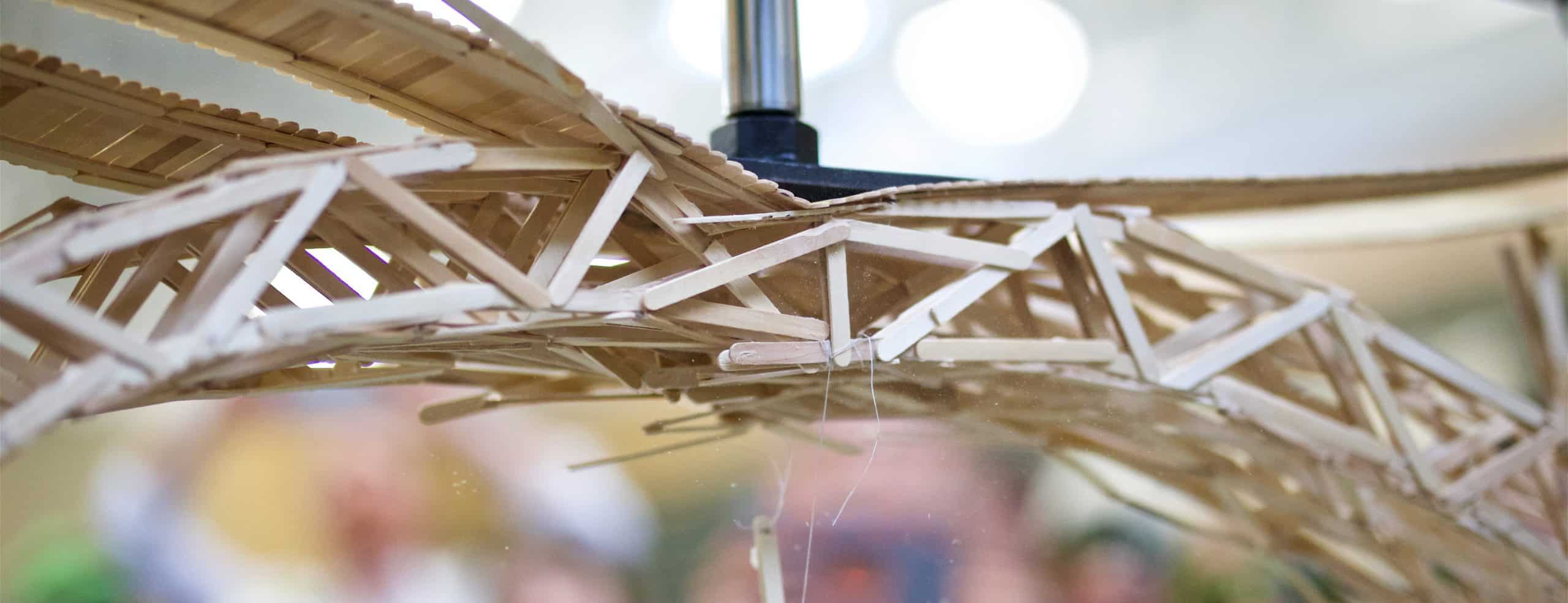
Engineering Principles 2 (ENGR 1000) | UVU Concurrent Enrollment - Spring Semester (Taken With Eng. Principles 1)
SUGGESTED GRADES: 11-12
.5 Credit HS. (A86382C)
3 Credits CE
PreReq: Engineering Principles 1
The second in a sequence of “hands-on” courses that tie observations and concepts common to a variety of different engineering disciplines in order to develop a better understanding of basic math and science principles used in engineering. Students will design, build, and test solutions for design problems in each field. These include:
Mechanical Engineering: Trebuchets, catapults, and ballistas (Angry Birds in Real Life).
Civil Engineering: Building water towers and busting bridge trusses.
Chemical Engineering: Mass producing the perfect pancakes.
Computer Engineering: Create your own video game.
Electrical Engineering: Wiring a Useless Box.
Material Science: Bullet-proof material.

Product design & Development - Manufacturing Principles 1 | High School Course - Semester
SUGGESTED GRADES: 10-12
.5 Credit HS (A86202)
This program will utilize industry-standard tools, manufacturing equipment, and procedures for automated manufacturing. A hands-on approach is the focus to specialize students in manufacturing equipment maintenance, operation, and the design process for new products being built. Introduction to product design - Students will be introduced to basic manufacturing systems and principles such as:
3D Printing
Resin Printing
Silicone Molding
Laser Engraving
Milling
Adobe Illustrator
Basic Manufacturing Business Models
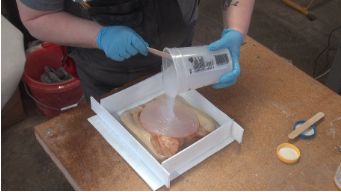
Product design & Development - Manufacturing Principles 2 (TECH 1050)| UVU Concurrent Enrollment - Semester
SUGGESTED GRADES: 10-12
.5 Credit HS (A80262C)
3 Credits CE
PreReq: Product Design Manufacturing Principles 1
This second course will build upon skills and content from Product Design & Development - Manufacturing Principles 1. A hands-on approach is the focus to specialize students in manufacturing equipment maintenance, operation, and the design process for new products being built. Product Development - Students will utilize and learn about the manufacturing process by:
Designing and Developing useful Products
Visiting nearby Factories

Robotics 1 | High School Course - Semester
SUGGESTED GRADES: 11-12
.5 Credit HS (A86402)
PreReq: 1 of the following courses: Intro to Engineering, Product Design Manufacturing, Electronics
This course prepares individuals with a lab-based, hands-on curriculum combining electrical, mechanical, and engineering principles. Students will learn to design, build, program, and control robotic devices. Introduction to Robotics - Vex Robotics will be used for students to learn how to:
Design, build, program, and control robotic devices
Student electronic systems
Utilize engineering concepts such as design, testings, and documentation

Robotics 2 | High School Course - Semester
SUGGESTED GRADES: 11-12
.5 Credit HS (A80282)
PreReq: 1 of the following courses: Intro to Engineering, Product Design Manufacturing, Electronics
This second course prepares individuals with a lab-based, hands-on curriculum combining electrical, mechanical, and engineering principles. Students will learn to design, build, program, and control robotic devices. Robotic Systems - Students will dive into the field of robotics further, learning about fields such as:
Hydraulics
Pneumatics
Animatronics
Robotics Programming Languages and MORE!

Electronics 1 (AET 1130) | uvu concurrent enrollment - Semester
SUGGESTED GRADES: 10-12
.5 Credit HS (A87882C)
3 Credits CE
The first in a sequence of courses that prepares individuals with a lab-based, hands-on curriculum combining electrical, mechanical and engineering principles. Students will learn to design, build, program, and control robotic devices. Introduction to electronic systems - Instruction includes training in:
Safety
Electrical Theory
Parallel and Series Circuits
Schematic Components
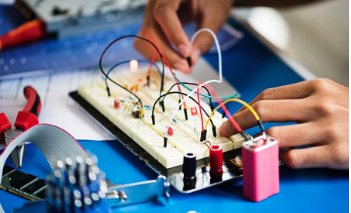
Electronics 2 (AET 1150) | UVU Concurrent Enrollment - Semester
SUGGESTED GRADES: 10-12
.5 Credit HS (A88292C)
3 Credits CE
PreReq: Electronics 1
The second in a sequence of courses that prepares individuals with a lab-based, hands-on curriculum combining electrical, mechanical and engineering principles. Students will learn to design, build, program, and control robotic devices. Development of electronic systems - Instruction includes:
Schematic Drawing
Circuit Design
AC and DC Circuits
Digital Integrated Circuits
Microprocessor Based Systems